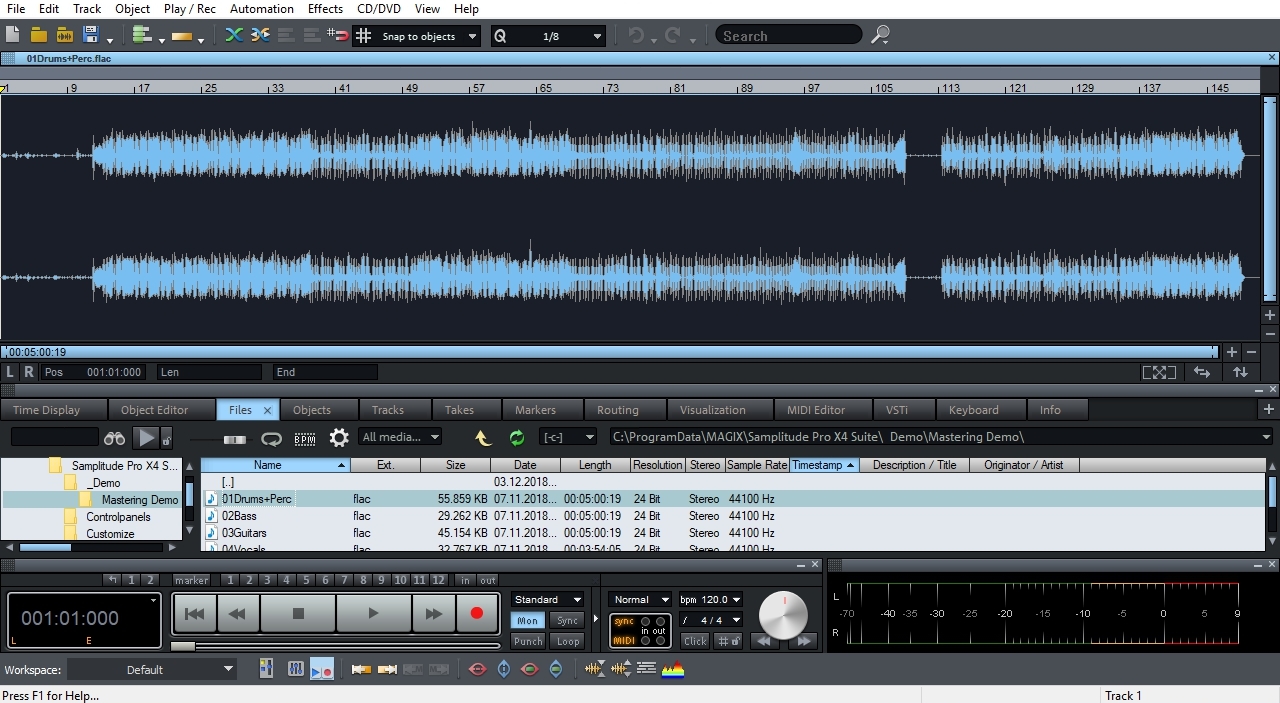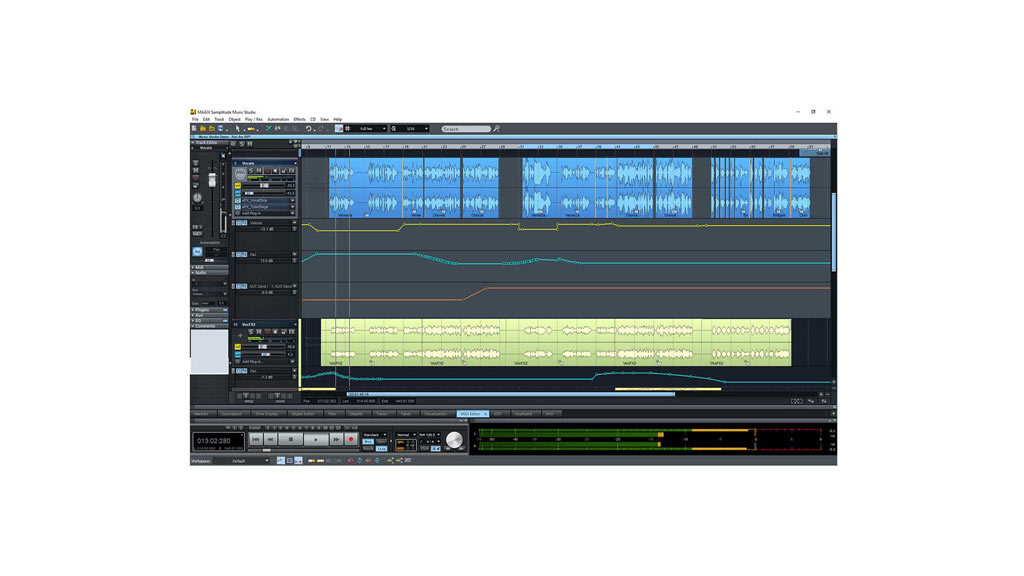
The consumer has been largely oblivious to the resolution of their OS, or the rev olution within: browse any of the major PC ranges, such as those of Dell or HP, and you'll find the 64-bit version of Window s 7 installed by default. Sales of 64-bit Windows operating systems now outstrip 32-bit ones by about four to one. Recent sales figures (from the second quarter of 2010) indicate that about half of the Windows 7 installations in use are 64-bit, and this is increasing all the time. Like Vista, Windows 7 shipped last year with both 32-bit and 64-bit versions. Mac OS X caught up in 2007 with 10.5 'Leopard', and in 2009, OS 10.6 'Snow Leopard' introduced Apple's 64-bit kernel as default, with all the included applications migrated to 64-bit native. It triumphed over the XP version because of its ability to run 32-bit applications within theĦ4-bit environment. The first sign of a workable 64-bit OS came with the release of Vista in 2006, which shipped with both 32-bit and 64-bit versions in the retail box.

At around the same time, Apple offered command-line access to 64-bit processing through OS 10.4 'Tiger', but no one really noticed. There was no 32-bit emulation mode, so if it wasn't a fully coded 64-bit application, it wouldn't run. On the OS side, Microsoft released Window s XP Prof essional 圆4 Edition in 2005 to take advantage of the 64-bit hardware, but very few hardware drivers were av ailable, and compatible application software was virtually non-exist ent. Intel followed suit a year later, and since then all desktop architecture has been more or less 64-bit compatible.

On the hardware side, 64-bit processors have been around for decades, but it wasn't until AMD introduced the Opteron and Athlon 64 in 2003 that they made it into the mainstream desktop. To take full advantage of a 64-bit environment means to run 64-bit native applications on a 64-bit processor within a 64-bit OS. W e'll also look at how to manage the transition, mixing 32-bit and 64-bit applications, and ask manufacturers about the challenges involv ed. In this article we'll be looking at the advantages of the 64-bit environment and running some tests to show what this could mean for audio production software.

64-bit platforms, the time has come to dig around and consider the promises.


 0 kommentar(er)
0 kommentar(er)
